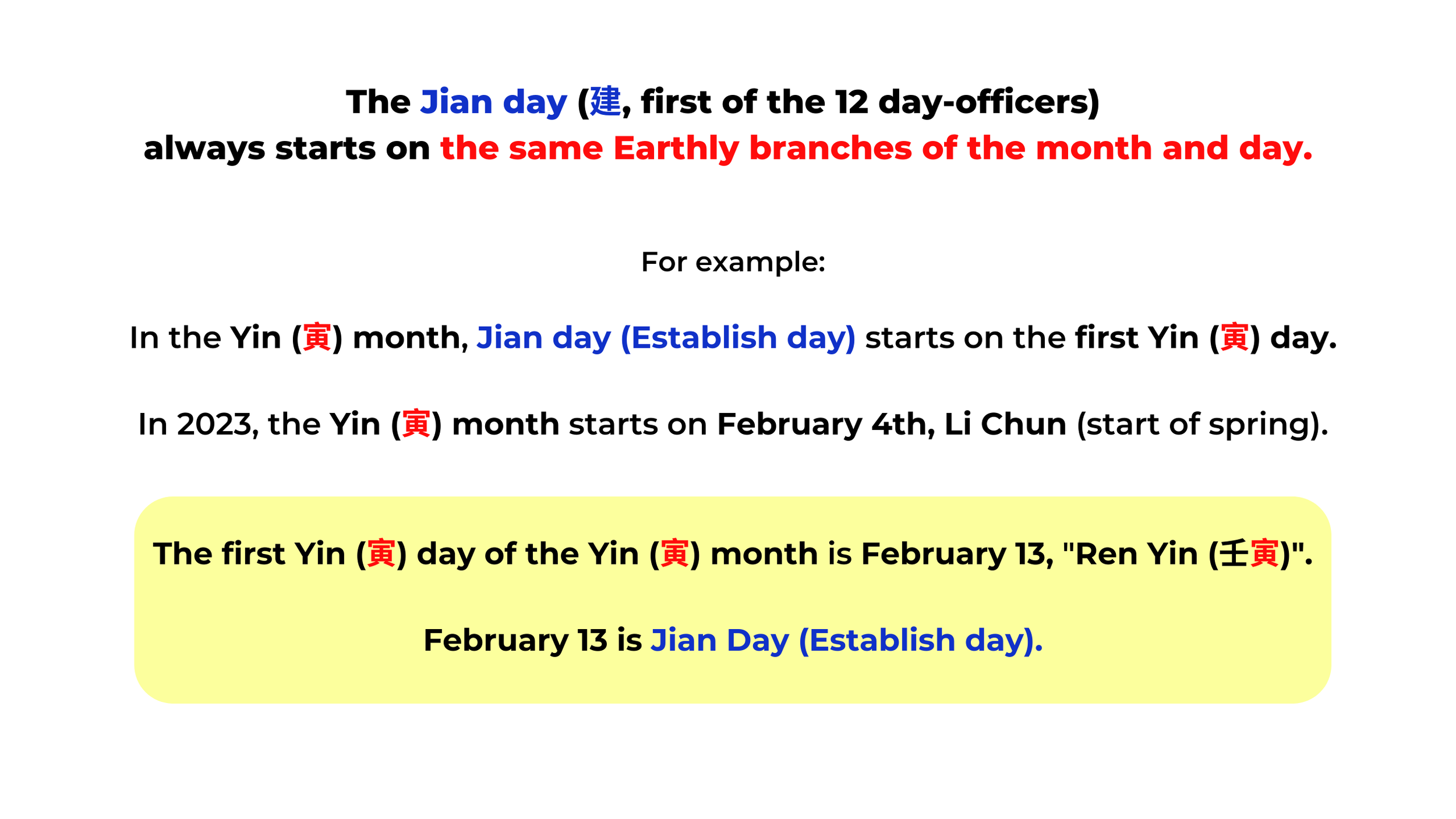The 12 Day Officers in Traditional Chinese Date-Selection
/The 12-Day Officers in Traditional Chinese Date-Selection
The traditional Chinese date-selection methods can seem mysterious. How do they come up with lucky or unlucky activities each day? Is there a theory behind it?
There are actually many major theories for the traditional date selection. The 12-Day Officers theory is one of them. Other theories include the 28 traditional stars, purple-white flying stars, the 5-element, and many others. Most Feng Shui calendars combine several theories, so there are always some differences when checking different versions of calendars for lucky and unlucky activities for each date.
But, the 12-Day Officers theory is almost used in all traditional calendars since this is a pretty basic date-selection theory. So let us find out more about this theory.
What is the 12-Day-Officer Theory?
Below are the names of the 12-Day Officers or the 12 Gods. According to the names, you can tell they all have different energies, from “establish, remove, full, balance, settle, execute, break, danger, success, receive, open, to close”.
The 12 officers are always in the order and repeat in cycles. But there is an exception to the rules.
The 24 solar terms (Jie Qi)
First, we should learn the 24 solar terms that mark the traditional Chinese calendar. There are 2 solar terms or Jie Qi in each of the 12 months. The first one marks the beginning of the Feng Shui month.
The exception rule of the 12-Day Officer cycle is that there will repeat once around the first solar term (Jie Qi ) of each month. So there will be 2 days of the same officers continuously around the beginning of the month.
Another rule for the 12 Day Officer cycle is that the starting of the cycle or the Jian (Establish) day is always the same as the Earthly branch name of the month. See the example below.
The Earthly Branches and Heavenly Stems
If you want to learn date selection or any traditional Chinese metaphysics, we need to know about the 12 Earthly Branches and 10 Heavenly Stems. Each one has a related month, direction, Yin/Yang, five-element, and so on.
There are 60 combinations of the Stem-Branch, and they are in a certain order and continuous cycle. Each date, month, and the year has a combination name of the Stem and Branch. For example, the year of Rabbit (2023) is the year of Kui Mao. Kui is from the Heavenly Stem and Mao is from the Earthly Branches.
The 12 Day Officers, Meanings, and Related Lucky/Unlucky Activities
Most traditional Feng Shui calendars and Tung Shu show the 12 Day Officers. If your personal activity is aligning with the energy of the day officer, it is a lucky activity of that day in general.
There are many other variables such as your own BaZi birth chart and personal lucky elements. The 12 Day officer theory is a good start for basic date-selection reference.
























